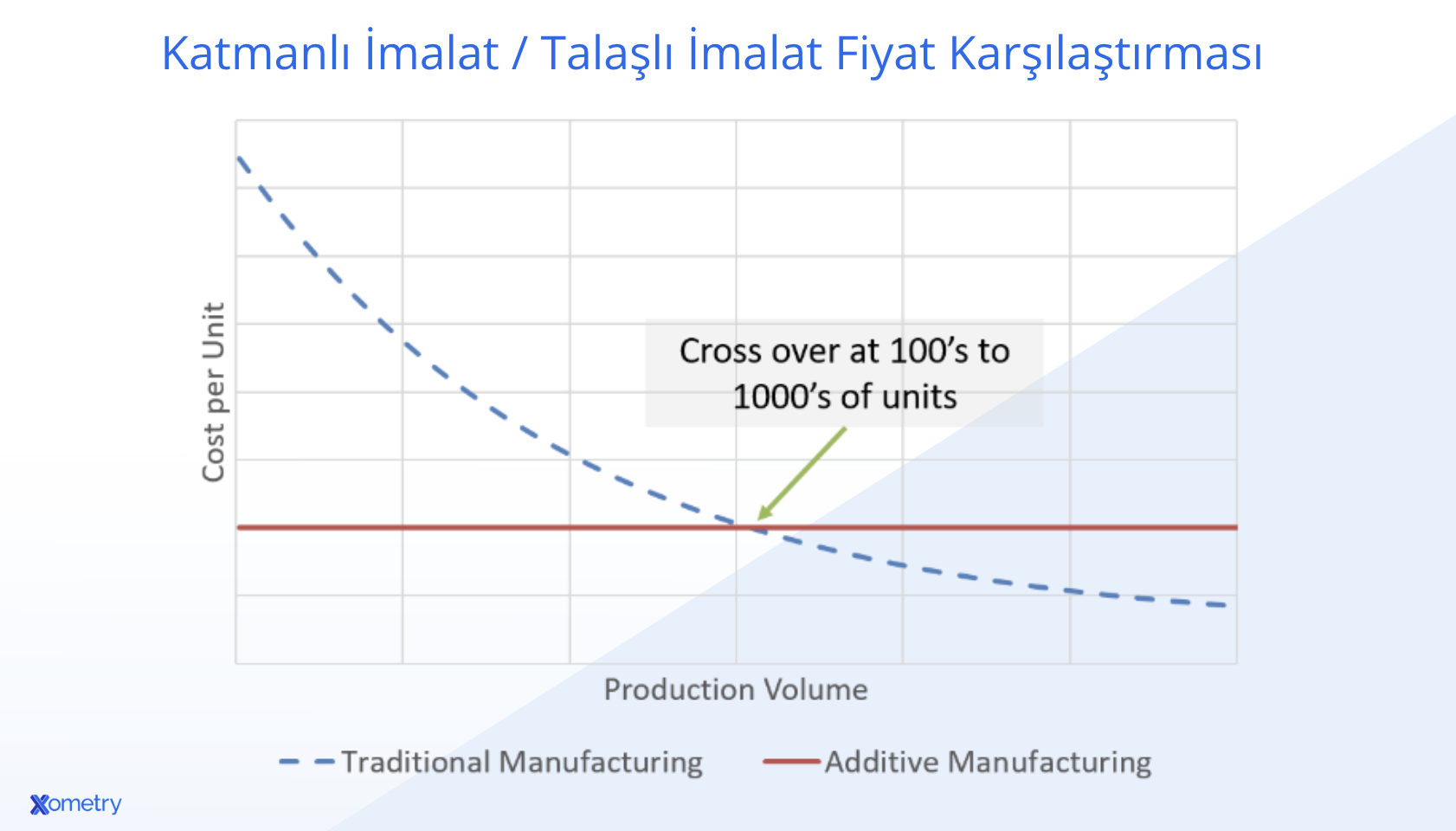Suggested Topics
Topic
Replies
Views
Activity
Feasibility of using DMLS aluminum parts for pressure-test prototypes
I’m testing the idea of using DMLS Aluminum parts as pre-production prototypes for a high-pressure fluid system. These would be static housings only, not moving parts. Has anyone validated 3D-printed aluminum components under realistic... read more
0
103
Nov 24
Process for a low-volume stainless steel pump impeller
Hi all, I’m designing a stainless steel impeller for a small pump (diameter around 80 mm). Would you go for metal additive manufacturing or casting if you need tight tolerances on the blades and... read more
1
195
Nov 24
Minimum letter size for raised text on SLS nylon parts
I’m working on a medical device enclosure that needs raised lettering (product name and serial number) on the lid, printed in SLS nylon. The letters are around 2 mm high with a stroke width... read more
4
513
Oct 30
2 mm stainless sheet bend radius
I’d like some help with a project. I’m designing a stainless steel 304 enclosure with multiple 90° flanges (sheet thickness ~2 mm). For strength and edge alignment, I want the inside bend radius to... read more
4
404
Oct 24
Urethane casting for sensor housings
Hello all, I’m looking for some advice. I’m working on a prototype of a handheld casing for an outdoor sensor (approx. 20×10×5 cm) that needs to be rigid, weather-resistant, and have fine surface details.... read more
6
207
Nov 13
 Europe
Europe  Türkiye
Türkiye  United Kingdom
United Kingdom  Global
Global 

 Login with my Xometry account
Login with my Xometry account  However, remember that this graph only shows the change in unit cost depending on the quantity. If you notice, the intersection point is somewhere between 100-1000 units. At Xometry, we can recommend the most suitable production method for you according to the part design, delivery time, material properties, and project requirements. Important Notes:
However, remember that this graph only shows the change in unit cost depending on the quantity. If you notice, the intersection point is somewhere between 100-1000 units. At Xometry, we can recommend the most suitable production method for you according to the part design, delivery time, material properties, and project requirements. Important Notes: